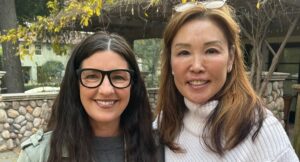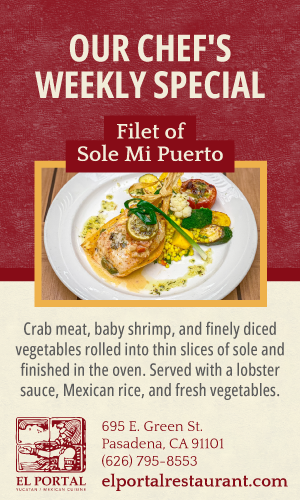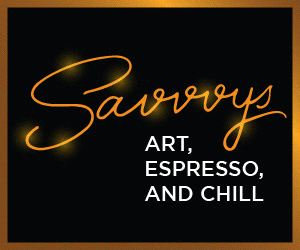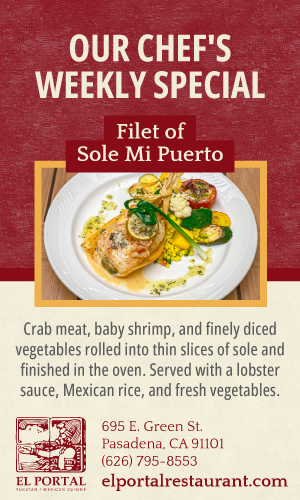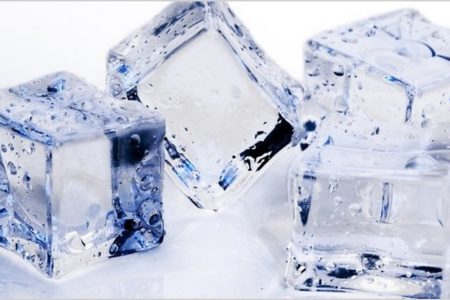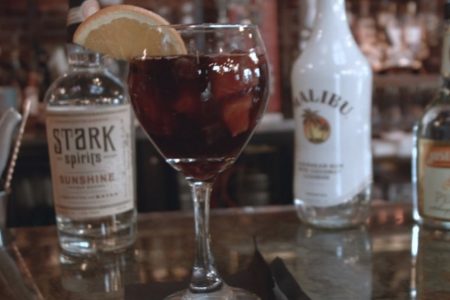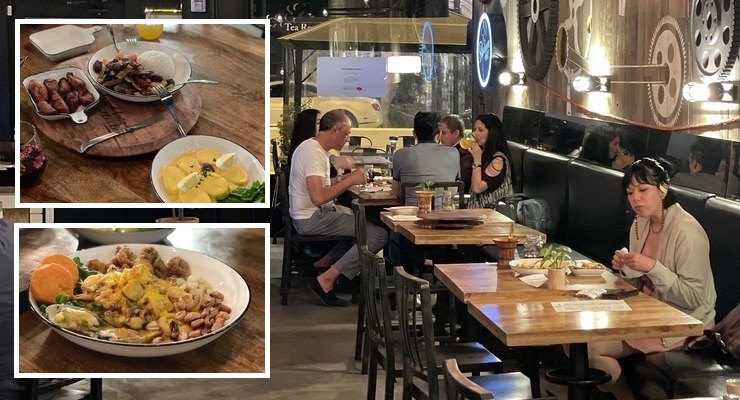
Peruvian food in Southern California is essentially a cultural microcosm within a cultural microcosm. As Los Angeles is the largest cultural home to a range of cultures from Mexican and Koreans to Iranians, the Latin country of Peru itself is home to a large Asian population of both Chinese and Japanese.
Here’s a tiny bit of history: Chinese immigrants began to migrate to Peru from the southern Guangdong and Hong Kong regions of China as laborers in 1849, as Peru, along with the rest of the world, was experiencing its own Industrial Revolution. In those early years of Chinese immigration, between 100,000 and 120,000 immigrants arrived.
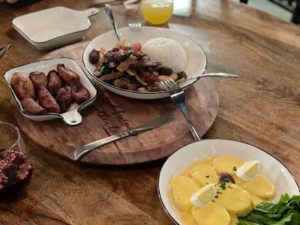 They created part of a thriving Chinese community, which still flourishes today.
They created part of a thriving Chinese community, which still flourishes today.
Peru also has the second largest ethnic Japanese population in South America, and was the first Latin American country to establish diplomatic relations with Japan in June 1873. Peru was also the first Latin American country to accept Japanese immigration.
Thus a flourishing Asian community was born. As that community began to emigrate around the world, it brought a unique culinary mix with it. Although the standard Peruvian menu is often mistaken for “Chinese food cooked incorrectly,” joked Argentinian expat Mauricio Vincenzi, general manager at Bodegon No. 69, one of an armful of new eateries opening up across Pasadena.
He and partner Executive Chef Chef Sandra Loli Lam have created their own modern traditional treatment of Peruvian cuisine. The menu is a fusion of standard Peruvian dishes that are themselves a mix of cultures.
There are chiles and there is soy sauce, or hoisin, and there are fresh fruit juices. There are some fruits and vegetables you’ve never seen, or at least used in a way you’ve not yet experienced. And there is corn the size of a small torpedo.
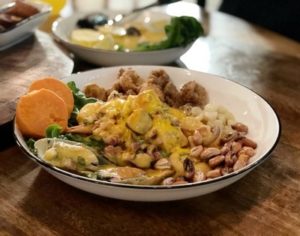 The opening drinks, for example, featured Peruvian Chicha Morada, a fruit, sweet purple corn tea, made with purple corn, of course, cinnamon, pineapple and sometimes strawberries. Served in a short wine glass, the drink was topped with tiny chopped green apples—sweet and refreshing with no carbonation to be found anywhere. It was accompanied by an equally captivating Passion fruit tea, served over ice, and a light Lemongrass tea.
The opening drinks, for example, featured Peruvian Chicha Morada, a fruit, sweet purple corn tea, made with purple corn, of course, cinnamon, pineapple and sometimes strawberries. Served in a short wine glass, the drink was topped with tiny chopped green apples—sweet and refreshing with no carbonation to be found anywhere. It was accompanied by an equally captivating Passion fruit tea, served over ice, and a light Lemongrass tea.
“We thought about serving traditional teas, like Earl Grey,” said Vincenzi, “but why when we can serve these?” True enough.
The drinks were immediately followed up with Platano Frito, or fried plantains, the Latin version of bananas. See what we mean?
“You can eat these for dessert,” said Vincenzi, “or you can eat them now.” We ate them now.
Food is served family-style with dishes brought to the Lazy Susan in the middle of the table, and small rounded serving dishes for each diner. And the food arrived quickly, as Vincenzi told the story of how the restaurant came to be. He arrived from Argentina as a young student ready to become an electrical engineer, but as he continued to advance in that lofty career, he said he could always hear the call of the kitchen. So he took a job as a waiter to be closer to the action.
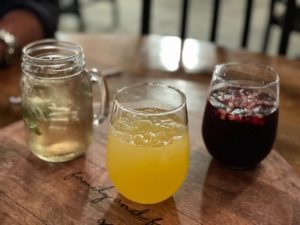 “I knew it was my destiny,” he said. While working in a Peruvian restaurant in the valley, he met Lam, and eventually his destiny became her destiny. Lam is another perfect example of the cultural mashup at play here. She is Peruvian-Chinese.
“I knew it was my destiny,” he said. While working in a Peruvian restaurant in the valley, he met Lam, and eventually his destiny became her destiny. Lam is another perfect example of the cultural mashup at play here. She is Peruvian-Chinese.
“It’s a blend of two visions,” said Vincenzi. Lam developed the recipes and the overall cuisine, while Vincenzi ran operations. Each would probably call the other the boss.
And now back to our dinner, currently in progress: Vincenzi brought a dish of Papas a La Huancaina—yellow potatoes, grown in Utah (!) with a matching creamy yellow aji amarillo sauce. It was a lot of yellow, and a lot of delicious.
He then brought a steaming Lomo Saltado to the table, with certified angus sirloin beef, tomatoes, red and green onions sauteed in a wok, and served with both french fries and white rice. That went fast.
Finally arrived the Ceviche 69, an impressive plate of Ceviche Mixto, with leche de tigre, and a combination of Peruvian aji peppers, and topped with fried Calamari. Everything also seemed to feature nuts and corn, staples in the Peruvian diet. The Ceviche featured white corn kernels the size of large typewriter keys, specially imported from Peru, and there are corn nuts finding their way into most of the dishes as well, adding crunch and salt and flavor.
Any self-respecting foodie needs to know about Bodegon No. 69, as does anyone who loves a hearty serving of culture and history. It’s a thriving co-existence that can open more than a few doors across a lot of tables.
Bodegon No. 69 is at 69 North Raymond Avenue, Pasadena, CA. (626) 421-6180. www.Bodegon69.com.
